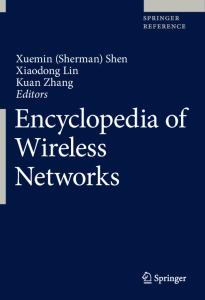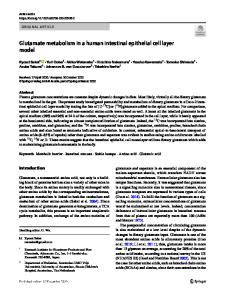Mechanical Cell Competition in Heterogeneous Epithelial Tissues
- PDF / 4,114,337 Bytes
- 27 Pages / 439.37 x 666.142 pts Page_size
- 33 Downloads / 326 Views
Mechanical Cell Competition in Heterogeneous Epithelial Tissues Ryan J. Murphy1 · Pascal R. Buenzli1 Matthew J. Simpson1
· Ruth E. Baker2
·
Received: 28 April 2020 / Accepted: 9 September 2020 © Society for Mathematical Biology 2020
Abstract Mechanical cell competition is important during tissue development, cancer invasion, and tissue ageing. Heterogeneity plays a key role in practical applications since cancer cells can have different cell stiffness and different proliferation rates than normal cells. To study this phenomenon, we propose a one-dimensional mechanical model of heterogeneous epithelial tissue dynamics that includes cell-length-dependent proliferation and death mechanisms. Proliferation and death are incorporated into the discrete model stochastically and arise as source/sink terms in the corresponding continuum model that we derive. Using the new discrete model and continuum description, we explore several applications including the evolution of homogeneous tissues experiencing proliferation and death, and competition in a heterogeneous setting with a cancerous tissue competing for space with an adjacent normal tissue. This framework allows us to postulate new mechanisms that explain the ability of cancer cells to outcompete healthy cells through mechanical differences rather than an intrinsic proliferative advantage. We advise when the continuum model is beneficial and demonstrate why naively adding source/sink terms to a continuum model without considering the underlying discrete model may lead to incorrect results. Keywords Cell-based model · Continuum model · Cell migration · Cell proliferation · Cell death · Coarse-graining Mathematics Subject Classification 35Q92 · 82C21 · 82C22 · 92C15 · 92C17
Electronic supplementary material The online version of this article (https://doi.org/10.1007/s11538020-00807-x) contains supplementary material, which is available to authorized users.
B
Ryan J. Murphy [email protected]
1
School of Mathematical Sciences, Queensland University of Technology, Brisbane, Australia
2
Mathematical Institute, University of Oxford, Oxford, UK 0123456789().: V,-vol
123
130
Page 2 of 27
R. J. Murphy et al.
1 Introduction In cell biology, epithelial tissues are continuously experiencing forces and replacing cells, through cell proliferation and death, to maintain homeostasis. These tissues can be naturally heterogeneous or heterogeneous due to cancer development and progression (Han et al. 2019; Plodinec et al. 2012). This heterogeneity is observed at multiple scales, from sub-cellular to cellular to the tissue scale (Trepat and Sahai 2018), and can result in cell competition. Cell competition can act as a quality control mechanism in tissue development or as a defence against precancerous cells, and harnessing cell competition has been suggested as a possible approach to enhance both cellbased cancer and regenerative therapies (Powell 2019). Therefore, gaining a greater understanding of the mechanisms underlying cell competition is very desirable. I
Data Loading...











